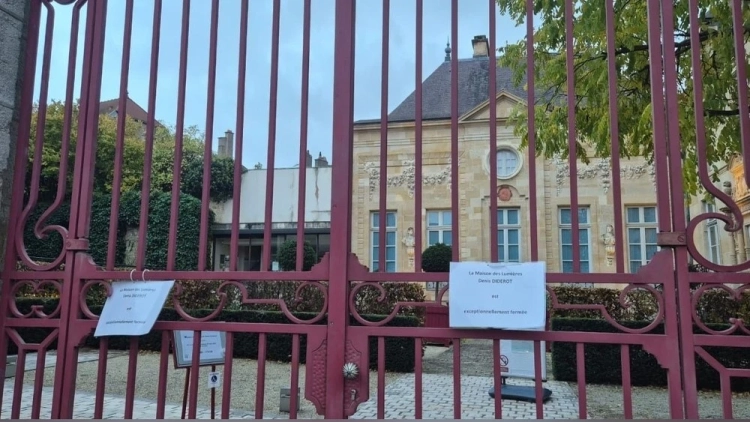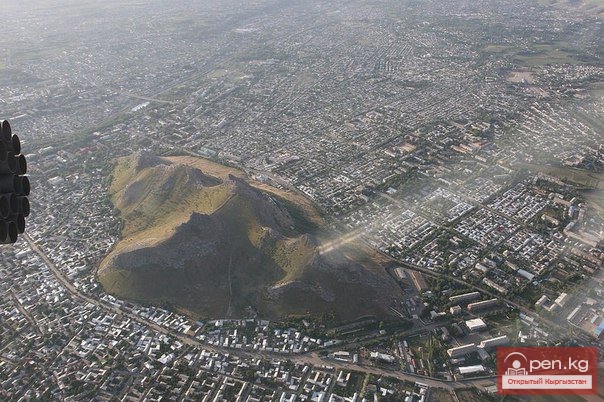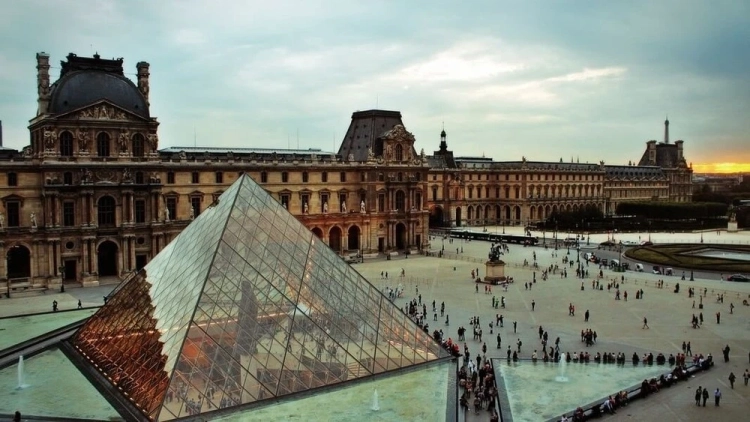In the late 1920s, the Central Museum of Local Lore appeared in the capital. In 1943, the local lore museum split into the Historical Museum and the Nature Museum. In 1946, the Nature Museum was transformed into the Zoological Museum and transferred to the Kyrgyz branch of the Academy of Sciences. The exhibition features about one and a half thousand exhibits occupying four halls.
The collection provides a vivid representation of the extremely diverse animal world of the republic. Here, one can get acquainted with all representatives of the animal world of Kyrgyzstan, see a rich collection of birds, eggs, butterflies, and much more.
History
The Zoological Museum was founded on May 30, 1926, as a Local Lore Museum, with S. Abramzon as its first director.
In 1946, the Zoological Museum was established, with D. P. Dementyev as its director. The museum was later headed by Toktosunov A., Uzakbaev K., Esenbekov A., Toropov S.A., Kaltaev T., Eremchenko V., and Kaisieva S. Currently, the museum is headed by Fedorova S.Z.
Since the founding of the Local Lore Museum, the collection of zoological materials and the preparation of taxidermy specimens have been carried out by taxidermist artists: Vasiliev N.Ya., Baizakov T. Currently, the taxidermist artist Usubaliev A.S. is working.
A significant contribution to the organization and development of the museum was made by those who replenished its funds and contributed to the glory of the Kyrgyz Republic – zoologists D.P. Dementyev, A.I. Yanushevich, A.K. Kydyraliev, A.T. Toktosunov, F.A. Turdakov.

The Zoological Museum of the Biological and Soil Institute of the National Academy of Sciences of the Kyrgyz Republic is the oldest and largest museum in Kyrgyzstan, where visitors can learn about the diversity of the animal world of our republic. Zoological specialists will find a rich scientific collection here.
In the initially established (in 1926) Local Lore Museum, animals, plants, coins, minerals, etc. were collected.
In 1946, the Zoological Museum was organized, working in the following areas:
- Collection and storage of zoological collections.
- Scientific research in various fields of zoology.
Education – preschool, school, and university education, popularization of zoological knowledge, publication of educational materials.
The museum is visited by more than 3,000 people annually, and excursions and presentations on zoological topics are conducted.
In 2004, the Zoological Museum was forced to leave the building of the House of Friendship of Peoples, which it had occupied since its construction in 1926, and move to the building of the Central Scientific Library of the National Academy of Sciences of Kyrgyzstan. As a result of the move, the museum's collections lost a significant number of live exhibits.
Since June 2014, with the support of the "Rosa Otunbayeva Initiative" Foundation and the Christensen Foundation, an interactive exhibition using traditional ecological knowledge has been operating in the museum, and art and handicraft workshops for children are conducted.
The Zoological Museum participates in the education of students from biological, geographical, and ecological faculties, who regularly visit the museum to learn about the diversity of animals according to the program, conduct classes on more specific topics, and also hold practical sessions.
The most numerous visitors to the museum are schoolchildren and students. Overall, the museum participates in education at the preschool, school, and university levels. In addition to the exhibition, museum staff publish popular science articles, books, and an educational manual on "taxidermy" in the Kyrgyz language.
Museum staff conduct presentations on topics such as:
— The animal world of Kyrgyzstan;
— The animal world of Kyrgyzstan in oral folk art;
— Folk signs related to animals;
— Ectoparasites of humans and animals;
— Ixodid ticks;
— Even-toed ungulates of Northern Kyrgyzstan;
— Birds of Kyrgyzstan;
— The red-tailed sandgrouse.
Presentations on other topics are being prepared.
The Zoological Museum is visited by more than 3,000 people a year. Experienced guides, scientific staff, and specialists in various groups of animals work here. Visiting the museum allows one to gain new knowledge, especially with the help of guides. Excursions are mainly aimed at schoolchildren, with tours available for preschoolers, students, and those interested in biology.
When booking excursions, educators can discuss the topic and necessary aspects in advance. It is also possible to agree on a topic not listed. The duration of excursions is 35 minutes.

Requests for excursions are accepted:
At the museum, phone: +996 312 641980
Museum director's phone: +996 312 641980
Photos of the museum are presented in our photo gallery
Working hours:
The museum is open for visits from 9:00 AM to 5:00 PM.
Days off – Sunday, Monday.
Sanitary day – every Monday of each quarter.
Ticket prices:
For preschoolers: 10 soms
For schoolchildren, students: 20 soms
For adults: 30 soms
Address: Chuy Avenue 265. Building of the National Academy of Sciences.
Phone: +996 312 641980
















































